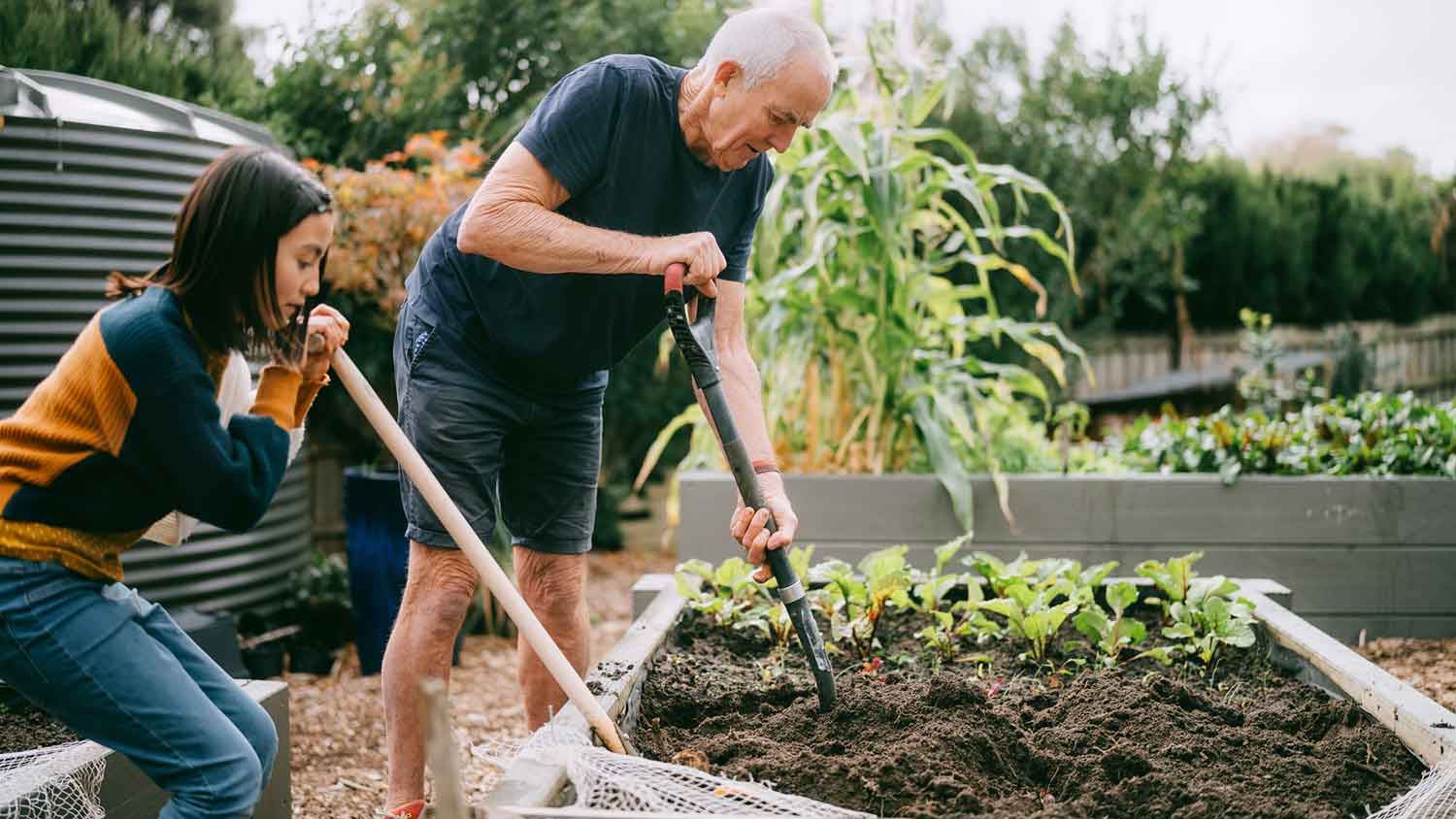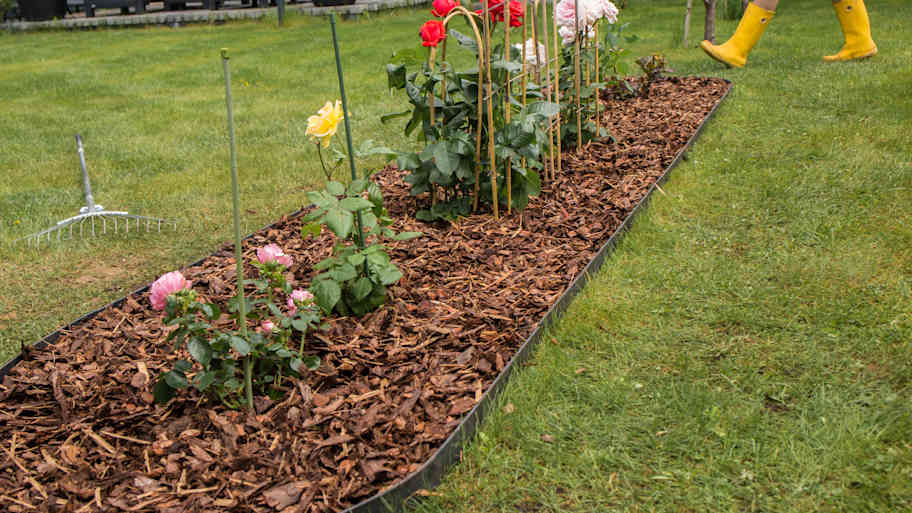
Get clear, up-to-date fill dirt cost info. Learn average prices, cost factors, and tips to save on your next fill dirt project.
Get a clean number


Plan for .25 inches for topdressing, 2 inches for existing garden beds, and 5 inches for a new lawn.
Convert your depth into feet before calculating.
Use a topsoil calculator to find the cubic yards (topsoil is often sold this way).
Topsoil costs $15 to $30 per cubic yard.
Opt for bulk topsoil or a combo of fill dirt and topsoil to save on costs.
Whether you’re planting grass seed, filling in low spots, or prepping for a vegetable garden, topsoil is a key ingredient. But how much topsoil do you need? Use our topsoil calculator to get the right amount for your space and depth.
Using the square footage of your space and the depth of topsoil required, refer to the table below to estimate how much topsoil you need. Topsoil is often sold by the cubic yard, which is equivalent to 27 cubic feet.
| Square Footage | Depth | Typical Use | Amount of Topsoil in Cubic Yards | Amount of Topsoil in Cubic Feet | Cost |
|---|---|---|---|---|---|
| 5,000 | .25 inch | Topdressing the lawn or planting grass seed | 3.90 | 105 | $59-$117 |
| 8,000 | 5 inches | New lawn | 123.5 | 3,333 | $1,853-$3,705 |
| 32 | 2 inches | Existing garden bed | .19 | 5 | $3-$6 |
| 32 | 8 inches | New garden bed | .78 | 21 | $12-$24 |
| 32 | 12 inches | New raised garden bed | 1.19 | 32 | $18-$36 |
Using the length, width, and depth of the space you’re filling, find the cubic yards of topsoil you need for your garden or lawn.
Apply the following formula to determine how much topsoil you need:
Topsoil needed (in cubic yards) = (Length x Width x Depth in feet) / 27
Example:
Length 7 feet x Width 10 feet x Depth .2 feet = 14 cubic feet
5.45 cubic feet / 27 = .52 cubic yards

Find the length and width of the areas you want to fill, then choose the depth based on your project.
Find the length and width of the areas you want to fill with a tape measure. Write down the numbers. Multiply the length by the width to get the square footage. Add multiple areas together, such as a small garden bed and a large one.
The depth of topsoil you need depends on what you’re doing in your yard or garden. If you’re planting grass seed or a vegetable garden, you want enough topsoil to ensure healthy roots.
Here is the recommended topsoil depth by project:
Topdressing existing lawn or planting grass seed: 0.25-0.5 inch
Existing garden: 2 inches
New lawn: 4 to 6 inches
New garden bed: 8 inches
New raised garden bed: 12 inches
Custom: Measure the depth of your garden bed or project to determine depth
If you have a trapezoid portion of your yard or landscaping, you must calculate the square footage slightly differently.

Identify the four sides of the trapezoidal area. Measure the length of the two parallel sides in feet, and add them together. Measure the height of the space in feet. Put the dimensions into this formula: Square footage area = ½ (Side A + Side B) x height.
Topsoil is often sold by the cubic yard or cubic feet. Round up to ensure you get a big bag covering your entire area. Sometimes, topsoil is sold by weight, and you’ll need to look at the label to see how many cubic yards it covers.
You can spread topsoil yourself with a hand tiller or rake, or hire a local landscaper to handle the job, especially if it’s an ample space. Landscapers can also plant grass seed, sod, or create a garden. The cost of a local landscaper ranges from $50 to $150 an hour, depending on the project complexity and labor costs in your area.
From average costs to expert advice, get all the answers you need to get your job done.

Get clear, up-to-date fill dirt cost info. Learn average prices, cost factors, and tips to save on your next fill dirt project.

Find out how much a soil test costs and what you get for your money with our expert guide. Know what to budget for different types of soil tests.

Find out the average mulch delivery and installation cost, plus key factors that impact your price. Learn how to budget, compare options, and save on your landscaping project.

Wondering if you should mulch in the fall to protect your plants from the colder weather? Chances are, you probably should. Here’s why.

If you’re planning a garden and asking yourself, “How many yards of dirt do I need?” this dirt calculator will help you do the math to find the right number.

Not sure whether to use black or brown mulch? Learn how each type affects your soil, plants, and garden style so you can pick the right fit.